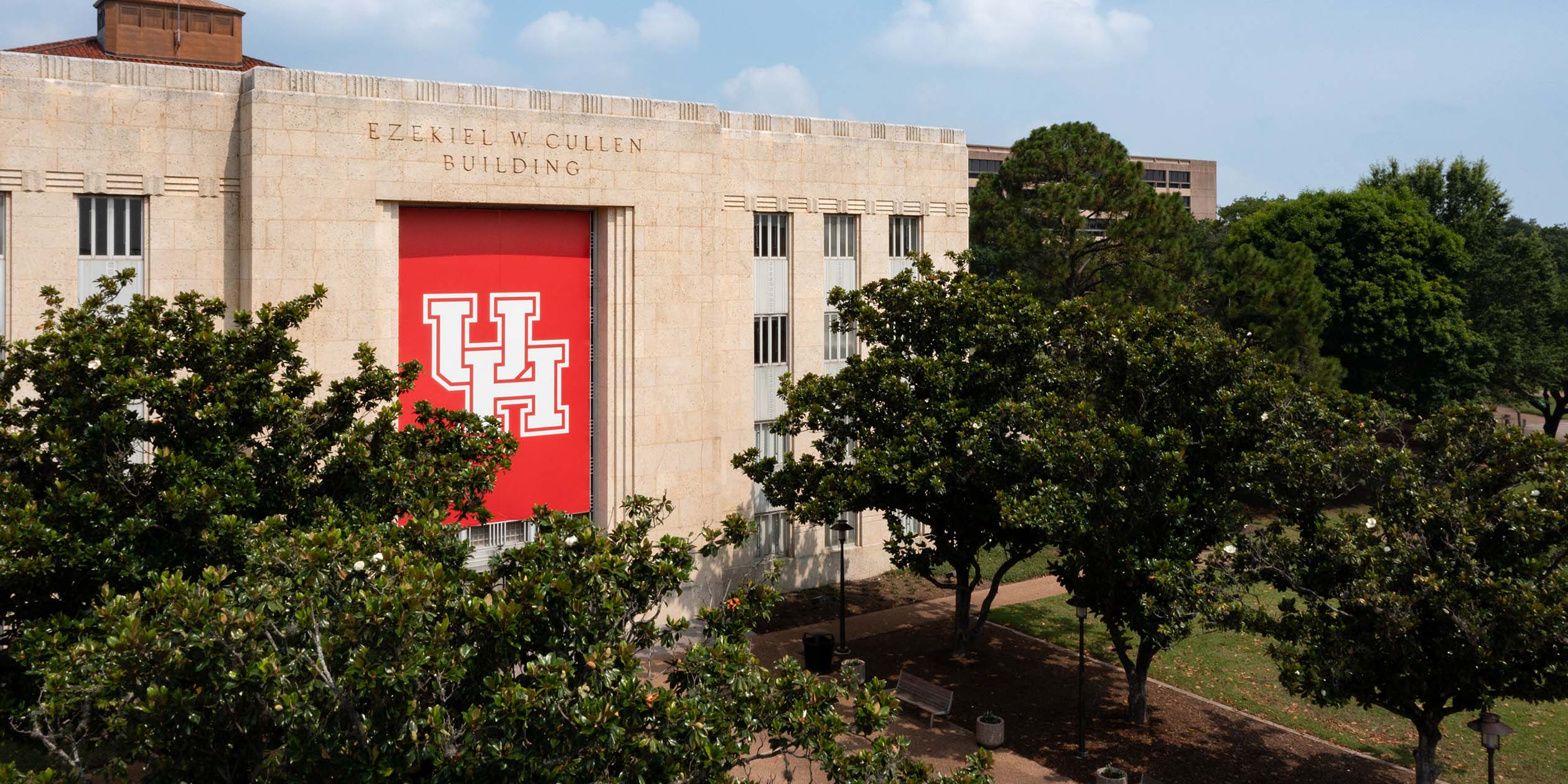The University of Houston has ascended 22 spots to rank No. 46 among public universities on the latest Forbes list of America’s Top Colleges for 2025. The list showcases 500 institutions that offer the best educational, financial and career outcomes for all students. Among all colleges and universities, UH rose 37 spots to land at No. 115, and Forbes ranks UH in the top 100 for research-focused universities, landing at No. 85.
“This latest ranking demonstrates the University of Houston’s commitment to student success and world class academic programs,” said Diane Z. Chase, senior vice president for academic affairs and provost. “Inclusion in Forbes’ list of America’s Top Colleges is yet another accolade we can be very proud of. It’s another reminder of the momentum gained each day through the hard work and persistence of our campus community.”
The annual list from Forbes ranks the 500 schools that produce successful, high-earning and influential graduates from all economic backgrounds, with less student debt. The rankings are based on several key metrics, prioritizing outcomes that matter most to students and their families.
Methodology
Forbes evaluates institutions on alumni salaries, student debt, graduation rates and the success of its students and alumni using the following methodology:
- Alumni Salary (20%): Data from Payscale and College Scorecard is used to determine which colleges produced the highest-paid graduates. The data includes median earning of alumni six and 10 years after starting school and/or after graduation.
- Student Debt (15%): Data from College Scorecard asses the average federal debt load per student, along with five-year repayment rates.
- Graduation Rate (15%): Evaluates the six-year graduation rate, with 10% of the score based on the rate for all students and 5% on Pell Grant recipients’ graduation rates. The Pell graduation rate is indexed with the proportion of recipients to reward colleges that enroll and graduate a larger number of low-income students.
- Forbes’ American Leaders List (15%): Tracks the presence of alumni on on prestigious lists like Forbes 30 Under 30, Forbes 400, and Richest Self-Made Women. It also tallies alma maters of notable figures in government, major prize winners and award recipients.
- Return on Investment (15%): Measures the return on investment by comparing the net cost of a college degree to the earnings boost graduates receive compared to high school graduates in their state. A price-to-earnings premium for low-income students is included.
- Retention Rate (10%): Uses a three-year average retention rate to index the percentage of first-year students who return after their freshman year.
- Academic Success (10%): Tallies nationally competitive awards won by undergraduates and alumni, like Fulbright, Truman, Goldwater and Rhodes, as well as the average number of alumni who earned Ph.Ds., weighted by enrollment.
UH performed well in the Forbes ranking due in large part to the success of our students and the University’s efforts to breakdown socioeconomic disparities. UH students, regardless of their financial or family background, are graduating and starting successful careers. UH’s six-year graduation rate has risen 18% since 2013 and is at 65% overall. Notably, UH’s graduation rates for at-risk students – students who receive the Pell Grant or who are the first in their family to attend college— is on par with the overall graduation rate for all students.
UH has steadily improved its student success metrics over the past decade. As a result, UH climbed to No. 70 on the U.S. News & World Report list of 2024 Top Public Universities. The long-term vision of the university is to land in the U.S. News Top 50 in this category.
The University of Houston’s continued rise underscores its dedication to fostering a vibrant academic environment that prepares its students for successful careers and societal impact.
